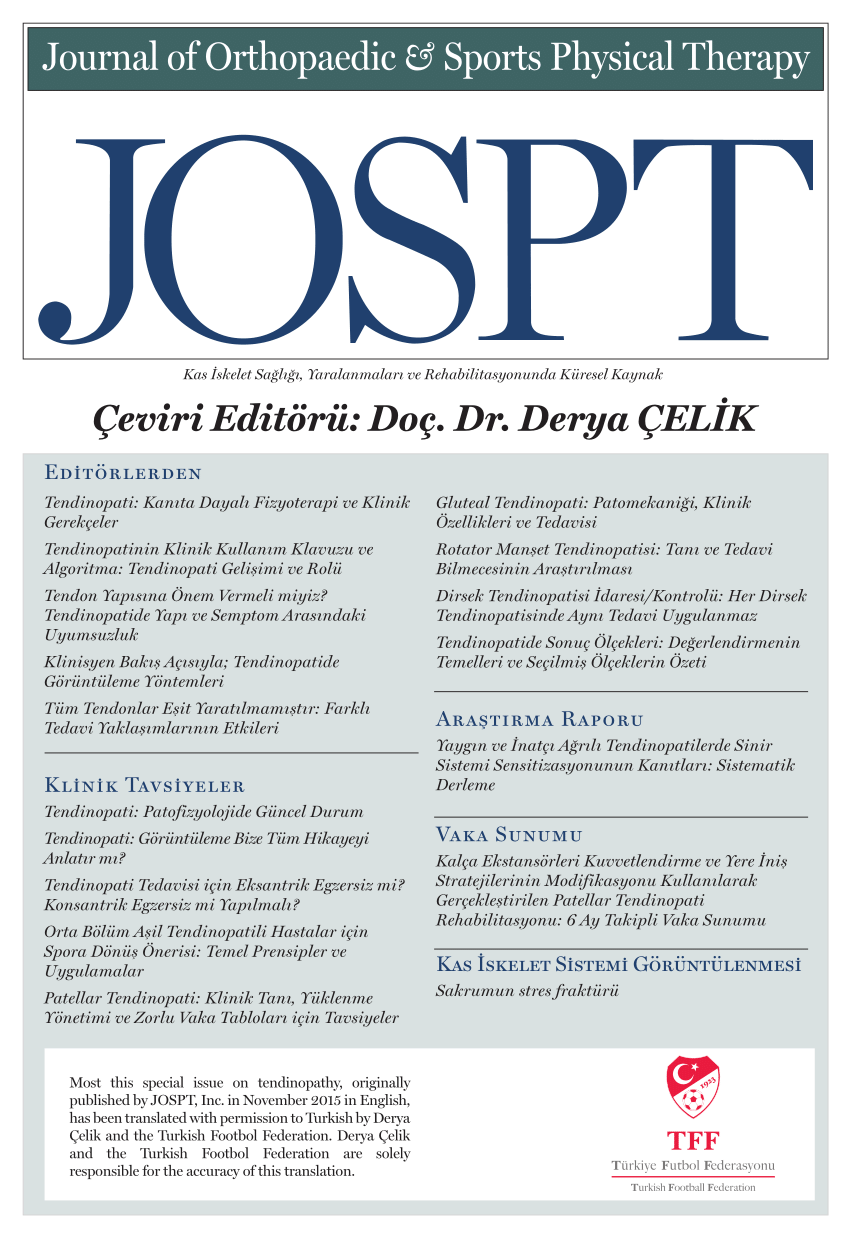
McMurray, JLT and Apley's tests shown to have poor diagnostic accuracy

McMurray, JLT and Apley's tests shown to have poor diagnostic accuracy
Physical Examination Tests for Assessing a Torn Meniscus in the Knee: A Systematic Review With Meta-analysis
J Orthop Sports Phys Ther. 2007 Sep;37(9):541-50Did you know you're eligible to earn 0.5 CME credits for reading this report? Click Here
Synopsis
This systematic review with meta-analysis identified 18 studies that investigated the diagnostic accuracy of 3 physical examination tests in detecting a torn tibial meniscus. Fourteen of these studies evaluated McMurray's test, 14 examined joint line tenderness, and 7 examined Apley's test. The results from this analysis conclude that the McMurray, JLT and Apley's test have poor diagnostic accuracy when analyzing torn tibial menisci.
Were the search methods used to find evidence (original research) on the primary question or questions stated?
Was the search for evidence reasonably comprehensive?
Were the criteria used for deciding which studies to include in the overview reported?
Was the bias in the selection of studies avoided?
Were the criteria used for assessing the validity of the included studies reported?
Was the validity of all of the studies referred to in the text assessed with use of appropriate criteria (either in selecting the studies for inclusion or in analyzing the studies that were cited)?
Were the methods used to combine the findings of the relevant studies (to reach a conclusion) reported?
Were the findings of the relevant studies combined appropriately relative to the primary question that the overview addresses?
Were the conclusions made by the author or authors supported by the data and or analysis reported in the overview?
How would you rate the scientific quality of this evidence?
Yes = 1
Uncertain = 0.5
Not Relevant = 0
No = 0
The Reporting Criteria Assessment evaluates the transparency with which authors report the methodological and trial characteristics of the trial within the publication. The assessment is divided into five categories which are presented below.
3/4
Introduction
3/4
Accessing Data
4/4
Analysing Data
3/4
Results
3/4
Discussion
Detsky AS, Naylor CD, O'Rourke K, McGeer AJ, L'Abbé KA. J Clin Epidemiol. 1992;45:255-65
The Fragility Index is a tool that aids in the interpretation of significant findings, providing a measure of strength for a result. The Fragility Index represents the number of consecutive events that need to be added to a dichotomous outcome to make the finding no longer significant. A small number represents a weaker finding and a large number represents a stronger finding.
Why was this study needed now?
The life-time prevalence of knee pain can be up to 45%. General practitioners must decide whether an individual will need conservative treatment or requires surgery and the use of physical examination tests are typically what makes this decision. There is much uncertainty as to the ability that physical examination tests have in diagnosing a torn meniscus. Due to the limited recent evidence regarding the diagnostic accuracy of these special tests, this systematic review and meta-analysis was completed.
What was the principal research question?
Which physical examination tests (if any) are accurate at detecting and diagnosing a torn tibial meniscus?
What were the important findings?
- McMurray's test had a pooled sensitivity of 70.5 (95% CI: 67.4 to 73.4) and a pooled specificity of 71.1 (95% CI: 69.3 to 72.9).
- The pooled sensitivity of the JLT was 63.3 (95% CI: 60.9 to 65.7) and the pooled specificity was 77.4 (95% CI: 75.6 to 79.1).
- Apley's test had a pooled sensitivity of 60.7 (95% CI: 55.7 to 65.5) and a pooled specificity of 70.2 (95% CI: 68.0 to 72.4).
- There was significant statistical heterogeneity for all 3 tests evidenced by a significant P value for the Cochran Q test (P[Q]<0.01), however the I squared statistic for McMurray's, JLT and Apley's test (79%, 87%, 75%, respectively) indicated that none of these tests had discriminative power in diagnosing a torn tibial meniscus.
What should I remember most?
This study concludes that the McMurray, JLT and Apley's test have poor diagnostic accuracy, in detecting a torn tibial meniscus. However, it is important to note that these are not firm conclusions due to the heterogeneity and insufficient quality of the studies.
How will this affect the care of my patients?
The results of this study indicate that the McMurray, JLT and Apley's tests are not of great diagnostic quality in the detection of a torn tibial meniscus. Future high quality trials are required to assess these tests and what possible tests can provide accurate detection of meniscal tears.
Learn about our AI Driven
High Impact Search Feature
Our AI driven High Impact metric calculates the impact an article will have by considering both the publishing journal and the content of the article itself. Built using the latest advances in natural language processing, OE High Impact predicts an article’s future number of citations better than impact factor alone.
Continue



 LOGIN
LOGIN

Join the Conversation
Please Login or Join to leave comments.